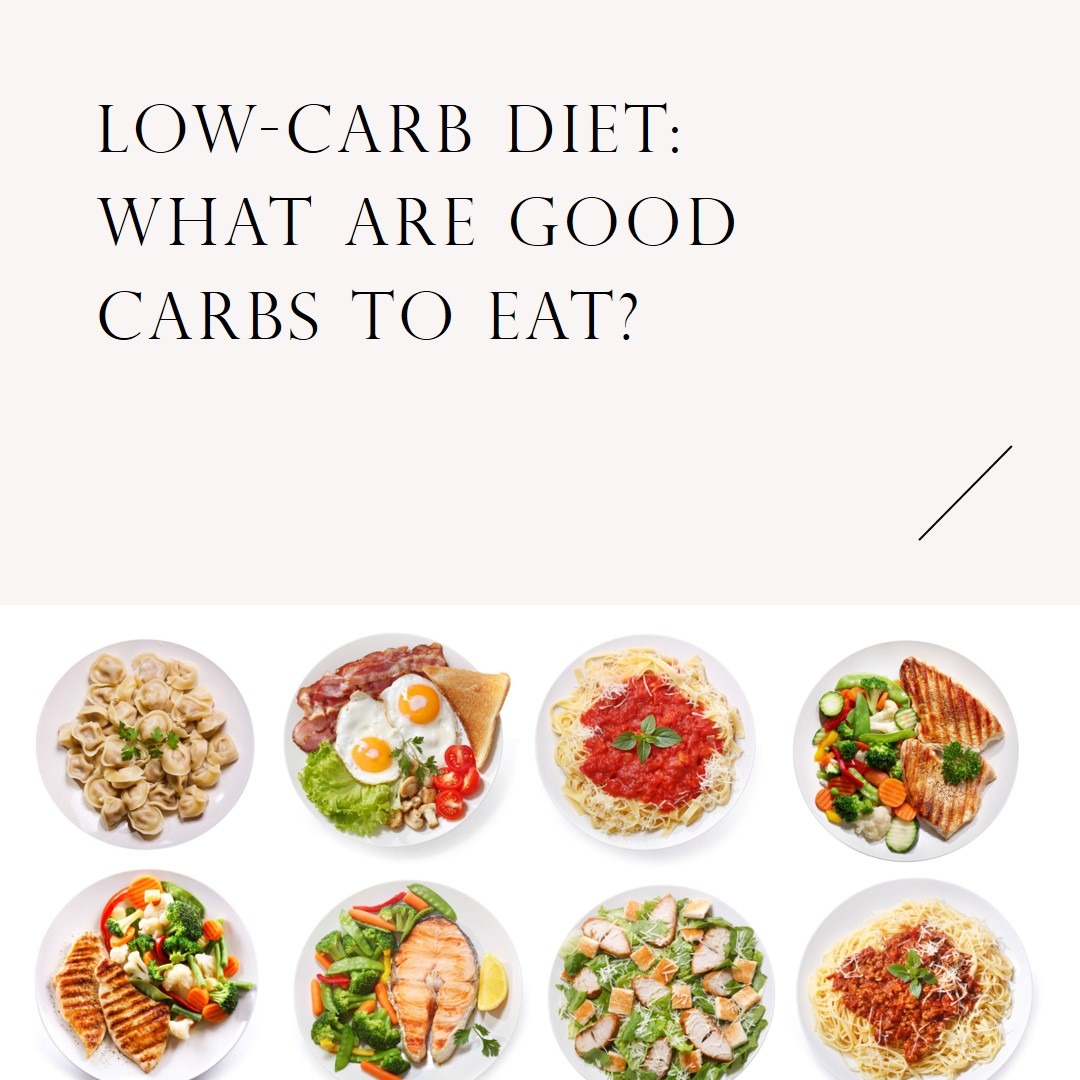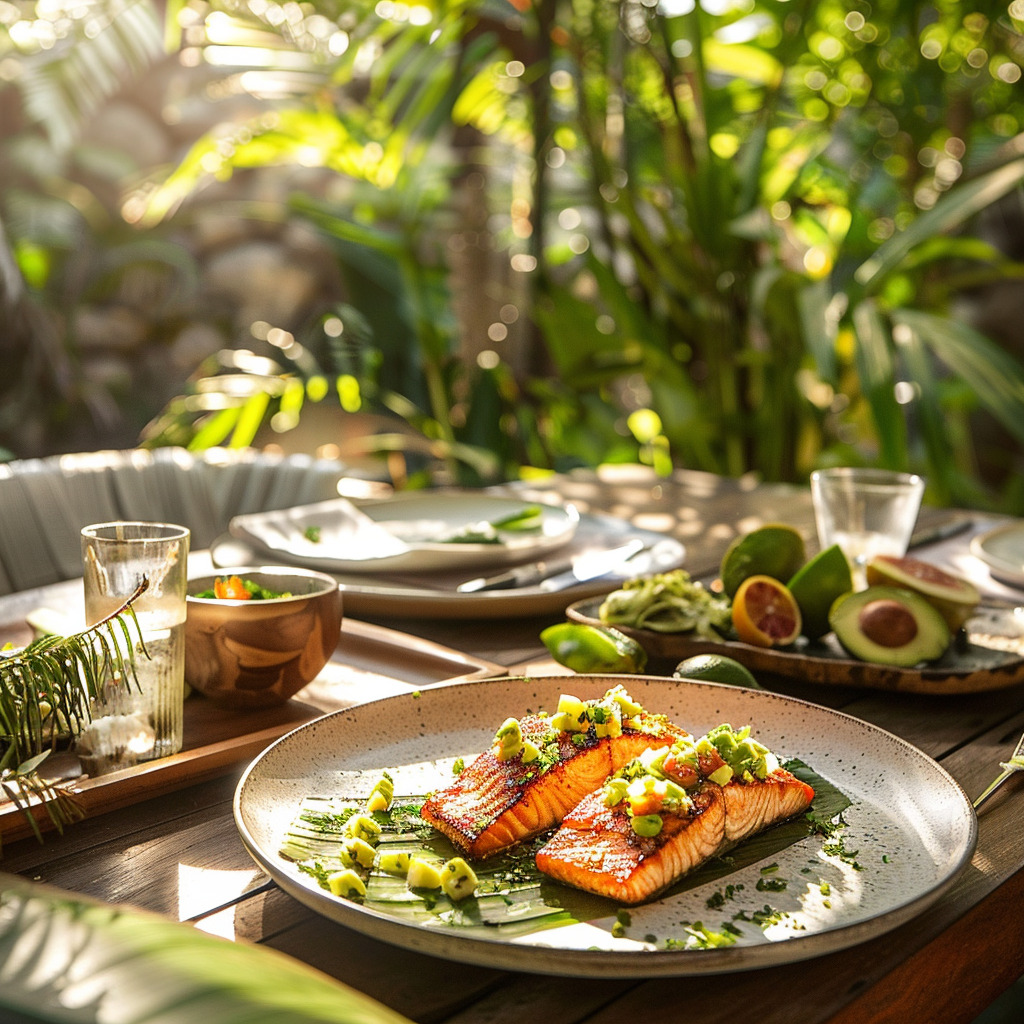
Completely restricting carbohydrates long term proves extremely challenging for most people. This article explores the option of ‘good’ carbs to eat on a low-carb diet. By sticking to good carb choices high in fiber and nutrients prevents potential nutritional deficiencies associated with very low carb diets.
What is a Low-Carb Diet?
A low-carb diet involves limiting carbohydrate intake to encourage the body to burn fat for fuel. This helps with weight loss but can also promote better blood sugar control. Typically, it means restricting net carbs to less than 130g daily. With careful carb choices, low-carb dieters can still enjoy nutritious “good carbs”.
Good Carbs Provide Health Benefits
Completely avoiding carbs is difficult to sustain long term But incorporating the right carbohydrate foods in moderation has proven health benefits. Good carbs like leafy greens, berries, and legumes contain important vitamins, minerals and antioxidants. They also provide dietary fibre vital for digestive and heart health.
Enjoying Carbs While Staying in Ketosis
Sticking to whole food options that offer maximum nutrition per carb gram makes staying in ketosis easy. Pairing these good carbs with protein helps stabilise blood sugar levels too. With sensible portions, low carb favourites like butternut squash and kale can be eaten daily on less than 130g net carbs.
Types of “Good” Carbs to Eat on a Low-Carb Diet
A. Leafy Greens Offer Low Net Carbs
B. Brassica Vegetables Help Stay in Ketosis
C. Berries Offer Vitamins and Sweetness
D. Nuts and Seeds Are Great Low Carb Snacks
E. Legumes Add Important Fiber
Tips for Enjoying Good Carbs on a Low-Carb Diet
A. Measure Portions Carefully
Investing in a food scale helps accurately measure ounces of nuts or cups of berries. This ensures staying within carb limits. Overestimating is easy without proper measuring tools. Getting the right nutrient-to-carb ratio key for good health.
B. Time Carb Intake Thoughtfully
Saving some nutritious carbs for the evening helps sleep quality since carbohydrate foods boost serotonin production. However eating too many carbs late at night can inhibit fat burning. Finding the right balance takes some nutrition journaling.
C. Pair Carbs with Protein or Fat
Combining vegetables, berries or beans with protein sources like chicken, fish, cheese, or tofu slows digestion. Adding oils, nuts or seeds achieves the same effect. This prevents blood sugar spikes and crashes in between meals which aids staying in ketosis.
D. Stay Hydrated
Getting enough fluids supports digestion and absorption of nutrients. Fiber-rich good carbs require more water to process properly. Aim for 2-3 litres of water daily when incorporating more high fiber low carb foods. Adding lemon can help improve palatability.
Summary and Conclusions
A. Variety of “Good Carb” Options Available
Low-carb dieters can enjoy a spectrum of delicious whole food carbohydrates daily. Leafy greens, brassica vegetables, berries, nuts, seeds, and legumes provide important vitamins, minerals, fiber and protection against disease. Careful portioning enables reaping their nutrition benefits.
B. Supports Long Term Diet Sustainability
Completely restricting carbohydrates long term proves extremely challenging for most people. Allowing daily nutritious carb intake facilitates diet adherence over months and years. This means better outcomes for weight loss, blood sugar and heart health.
C. Ensure Proper Nutrition While Losing Weight
Sticking to good carb choices high in fiber and nutrients prevents potential nutritional deficiencies associated with very low carb diets. Pairing these plant foods with moderate protein also satisfies hunger and cravings which supports sustainable weight loss.
D. Moderation Key for Low-Carb Success
Eating 30-130g of properly portioned favourable carb foods daily can keep the body in fat burning mode. Smart nutrition tracking helps identify appropriate personal daily limits for enjoyable eggs on toast, sweet potatoes and chickpea curries that spur successful ketosis.







